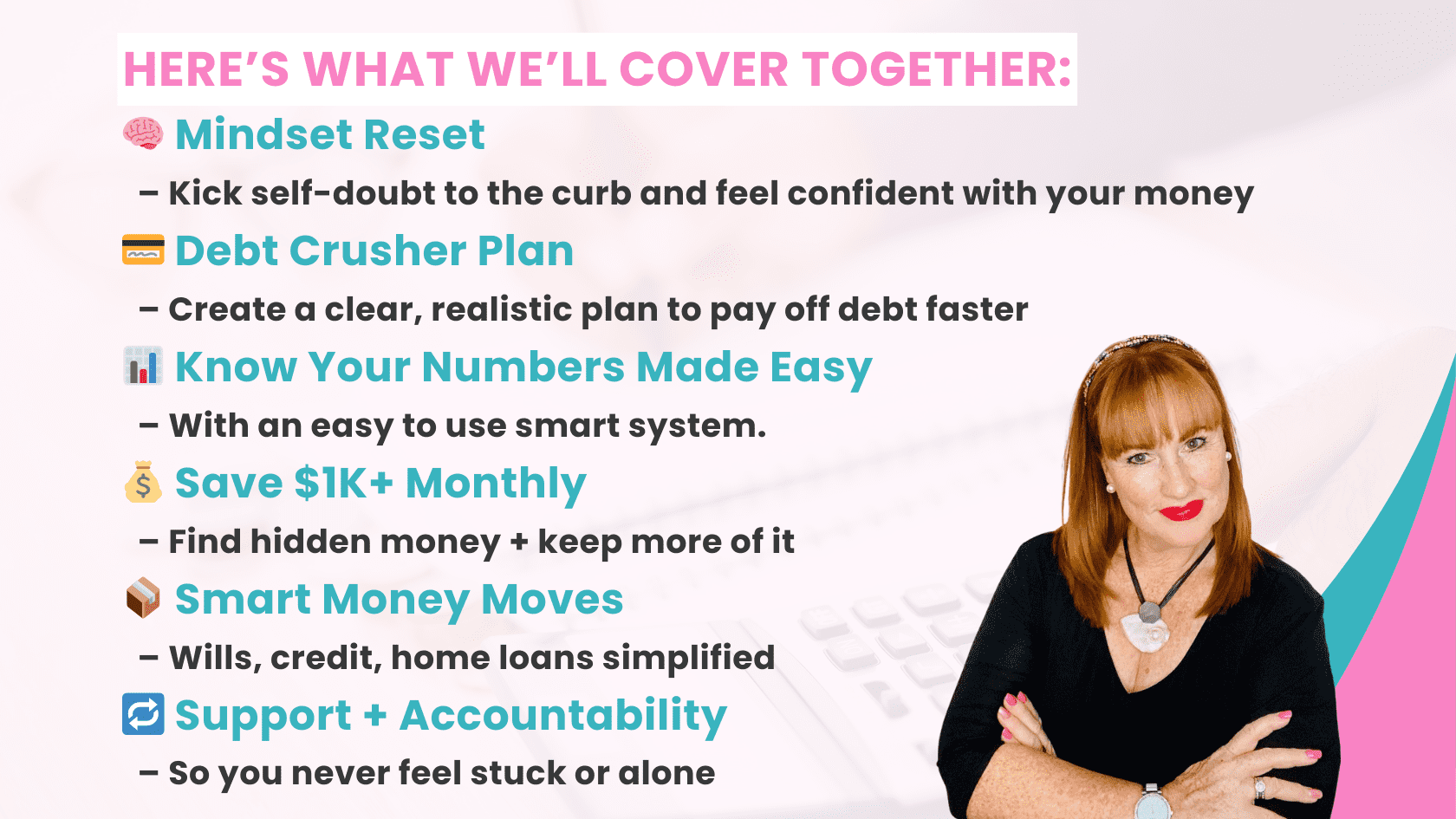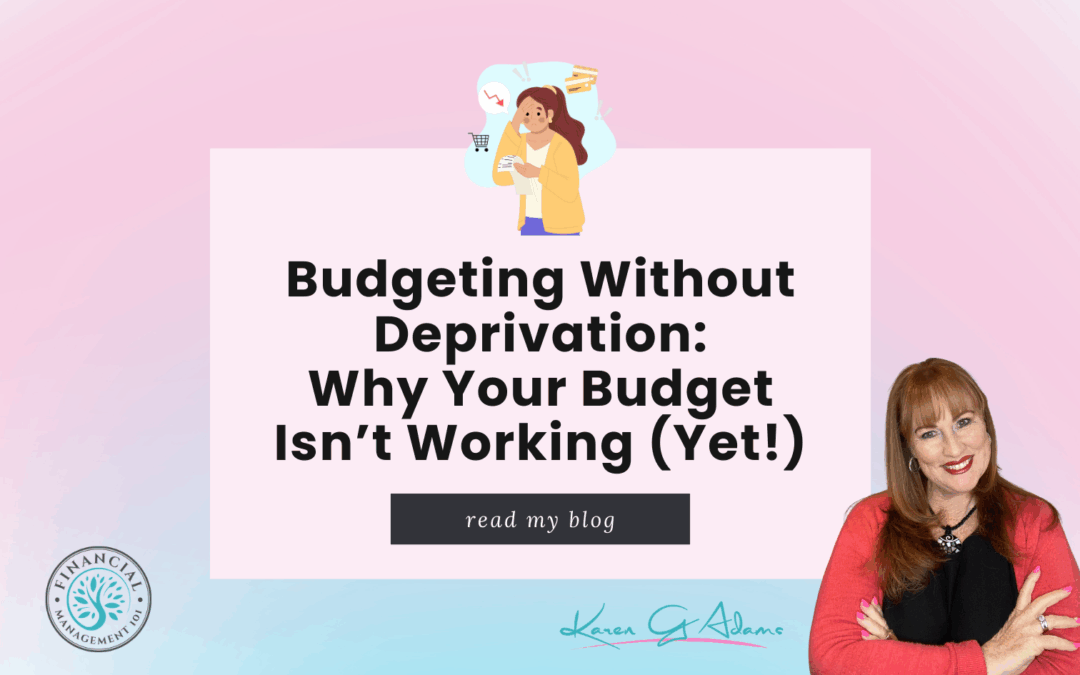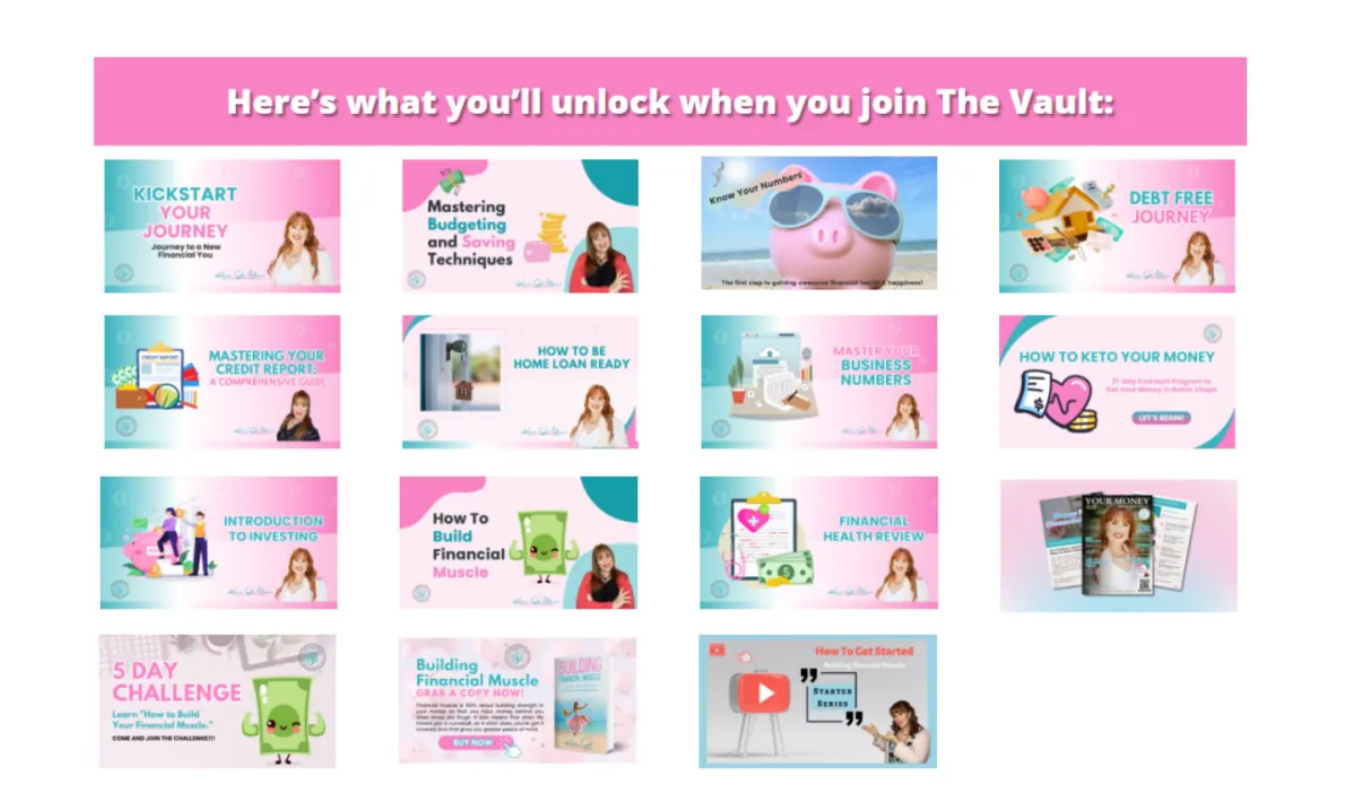
Mind Over Money: How to Rewrite Your Financial Story & Build a Breakthrough Mindset
Let’s start with the truth:
You can have the perfect budget, a great-paying job, even a savings plan, and still feel stuck financially.
Why? Because if your mindset doesn’t change, your money won’t either.
In this blog, we’re going to unpack:
- The power of mindset in creating real financial change
- How money stories are formed (and how to rewrite them)
- Common mindset blocks that keep people stuck
- Simple tools to build a breakthrough mindset
- How this fits into your journey toward financial freedom
Let’s dive in!
? What Is a Money Mindset (and Why Should You Care)?
Your money mindset is your core belief system around money. It shapes how you:
- Spend
- Save
- Earn
- Invest
- React in financial stress
It’s the voice in your head that says:
- “I’m just not good with money.”
- “Money always slips through my fingers.”
- “I have to work hard to survive.”
Or, on the flip side:
- “I’m in control of my finances.”
- “I know how to make money work for me.”
- “Wealth is available to me.”
The difference? Mindset.
This isn’t wishful thinking, this is neuroscience and behavioural psychology. What you believe impacts how you behave. And how you behave impacts your bank account.
? Where Do These Beliefs Come From?
Most of our money beliefs are formed before age 7.
You may have grown up hearing:
- “Money doesn’t grow on trees.”
- “We can’t afford that.”
- “Rich people are greedy.”
Without realising it, those phrases became part of your internal money script – even if they don’t serve you now.
Other money stories come from:
- Your parents’ relationship with money
- Cultural or community influences
- Early financial trauma (like debt, bankruptcy, poverty)
Good news? You can rewrite the script.
? Common Money Mindset Blocks (And How They Show Up)
If you’ve ever thought:
- “As soon as I get ahead, something always knocks me back.”
- “I don’t deserve to be wealthy.”
- “I feel anxious just opening my banking app,”
…you’re not alone.
Here are 5 of the most common mindset blocks we see:
1. Scarcity Thinking
The belief that there’s never enough (time, money, opportunities). This leads to fear-based decisions and self-sabotage.
2. Imposter Syndrome
Feeling like you’re not smart or “good enough” to manage money well. You might under-earn or avoid taking risks.
3. Fear of Success
It sounds weird, but many fear what will change if they actually become successful.
4. Guilt Around Wealth
Especially common if you grew up in struggle or were taught that money = greed.
5. Money Avoidance
This shows up as procrastination, not checking accounts, or avoiding financial conversations.

✨ The Power of Rewriting Your Financial Story
Here’s the deal: your current money story isn’t your final chapter.
You can shift from:
- “I’ll always be in debt” → “I’m learning how to manage and reduce my debt.”
- “I’m terrible with money” → “I’m becoming more financially confident every day.”
Just like you wouldn’t expect physical results without working out, you can’t expect financial change without working on your mindset.
? Simple Tools to Strengthen Your Money Mindset
1. Awareness is Power
Start by journaling or reflecting on your early money memories. What did you hear, see, or feel growing up?
2. Affirmations That Stick
Affirmations are powerful when they’re practiced consistently. Try these:
- “I am safe and in control of my finances.”
- “Every dollar I spend and save has purpose.”
- “I deserve financial abundance.”

3. Surround Yourself With Growth
Follow financial educators, podcasts, and communities that reinforce positive beliefs about money.
4. Set Micro-Goals
Progress builds confidence. Start with tiny, achievable wins – like tracking your expenses or saving $10/week.
5. Visualise the Outcome
Spend 2 minutes a day visualising what your financially free life looks like. Your brain responds powerfully to visualisation.
6. Join a Supportive Program
A structured environment with accountability and coaching helps speed up your mindset shift.
That’s exactly what we provide in the Financial Freedom Breakthrough Program, launching this September.
? The Role of Mindset in the Financial Freedom Diagram
Let’s circle back to the diagram from Financial Management 101.
If you’re stuck at the bottom (overwhelmed, struggling, surviving), it’s not just a numbers issue.
It’s a belief issue.
Mindset is the foundation that supports every other level:
- Budgeting
- Saving
- Debt reduction
- Credit health
- Wealth building
- Estate planning
With the right mindset, these tools feel doable. Without it, even the best strategy will collapse.
? Real Talk: You Are NOT Broken
Maybe you’ve made mistakes. Maybe you’ve felt stuck for years. Maybe you’re scared to even start.
That doesn’t make you broken – it makes you human.
Your past doesn’t define you. Your future is still yours to shape.
And the first step? Believing you can.
? Ready to Rewrite Your Story?
Here’s how to begin:
- Download our Free Money Mindset Workbook (coming soon)
- Join the waitlist for the Financial Freedom Breakthrough Program
- Share this post with someone who needs to hear it today
? Final Thoughts
Money mindset isn’t fluff, it’s the fuel behind every breakthrough.
If you want a different result, you need a different belief.
You’re not meant to just survive. You’re meant to thrive.
Let’s start believing in that version of you, and take action to bring it to life.























